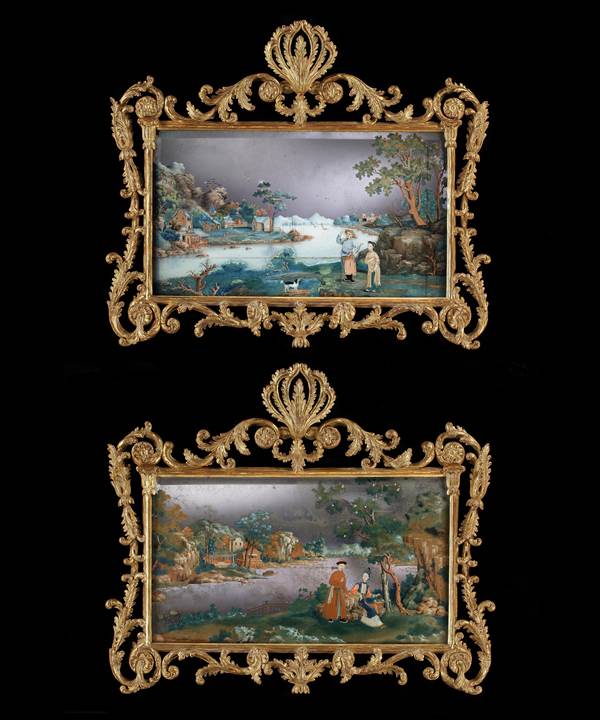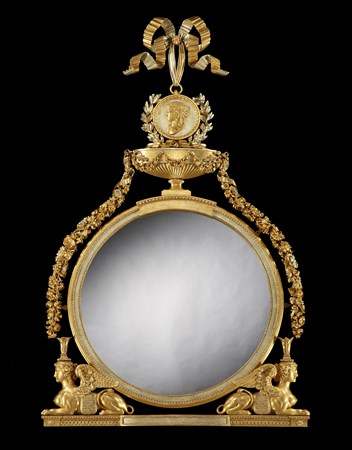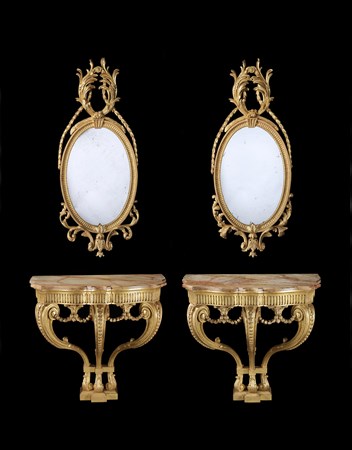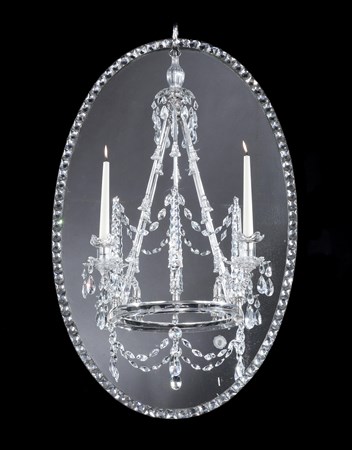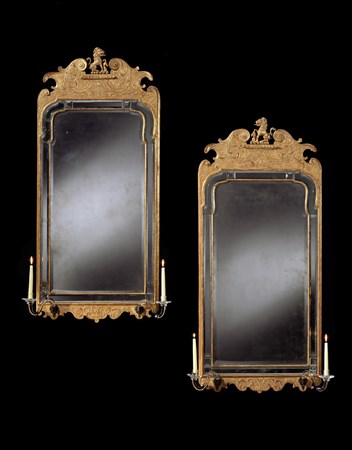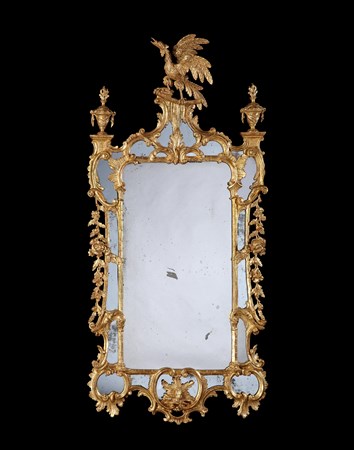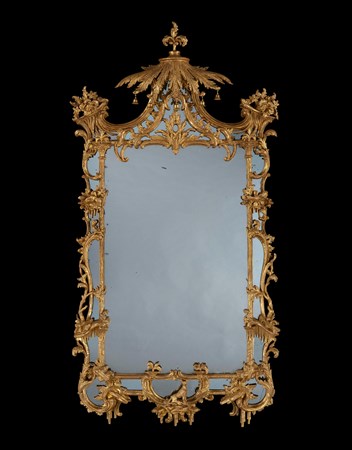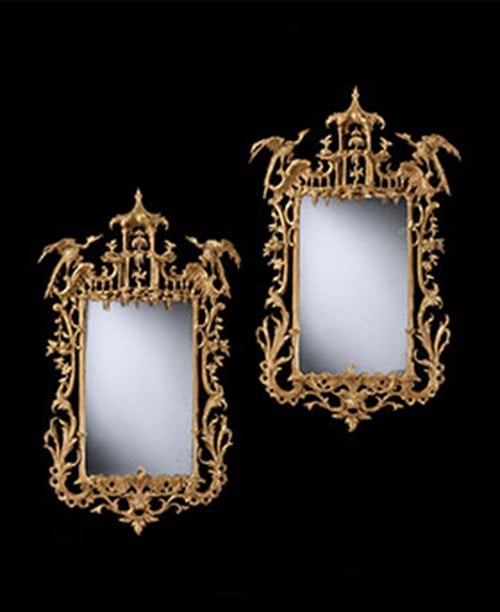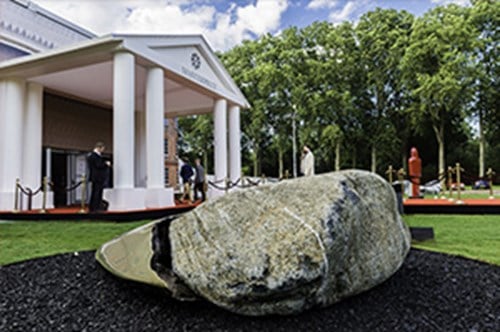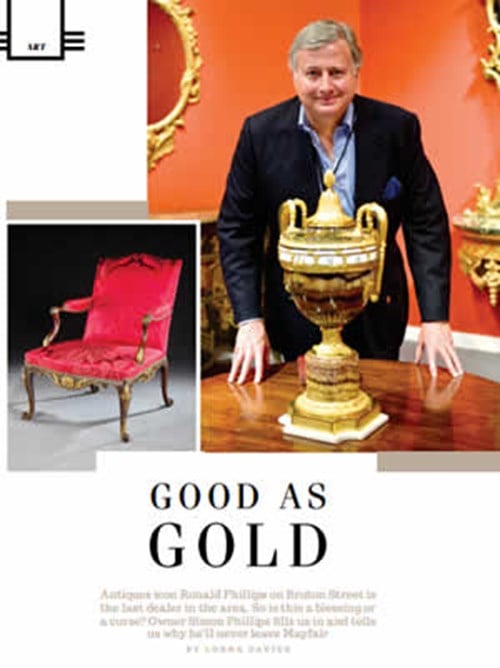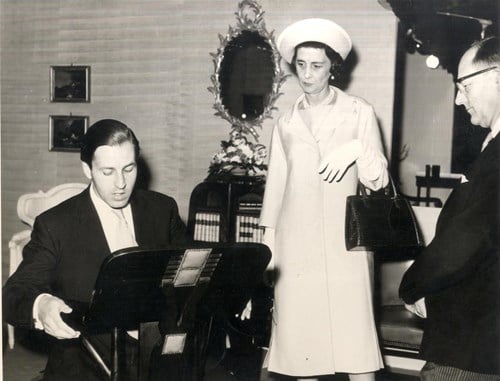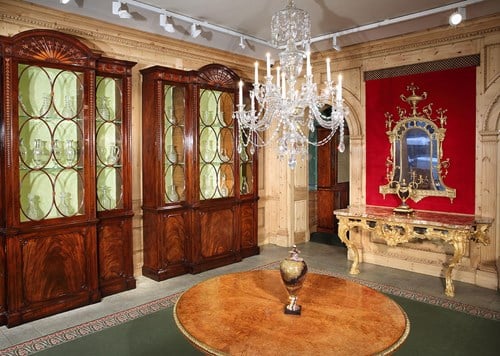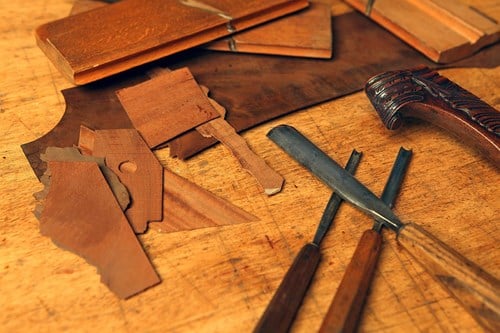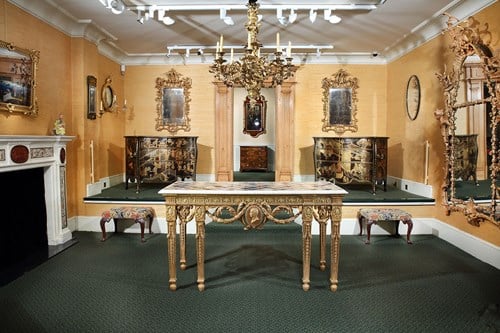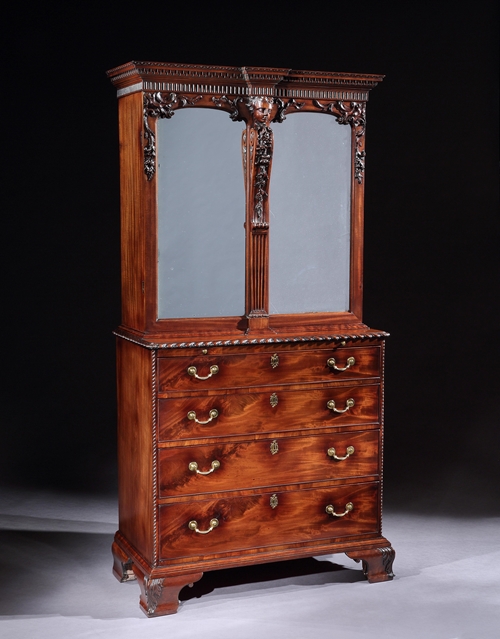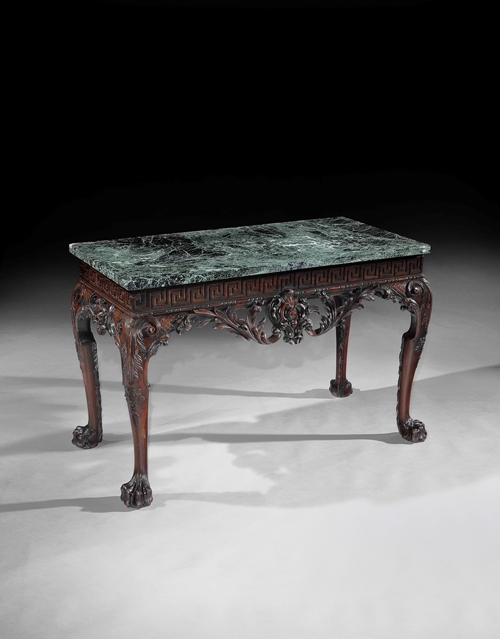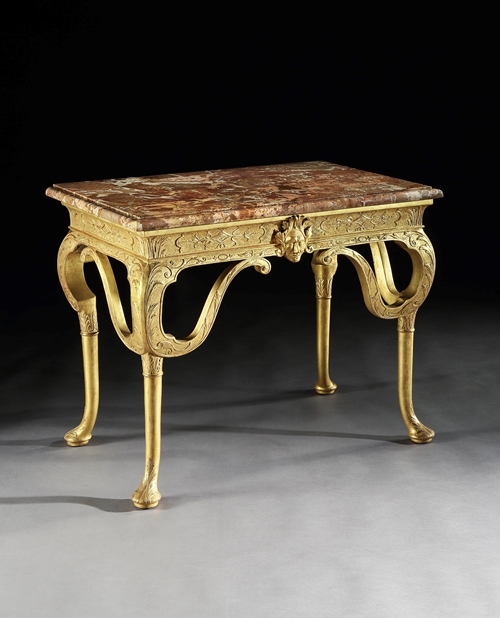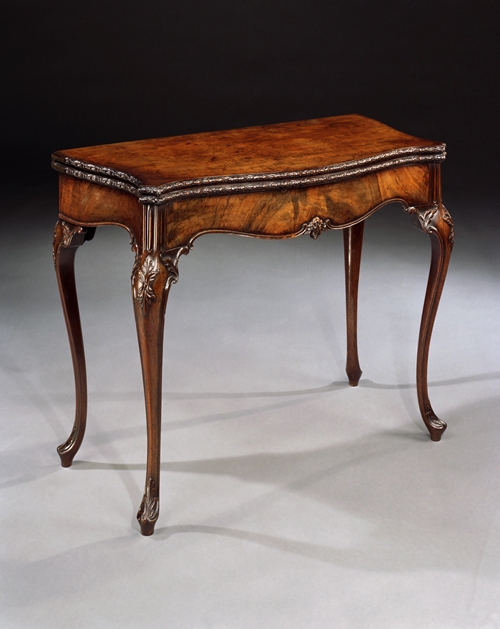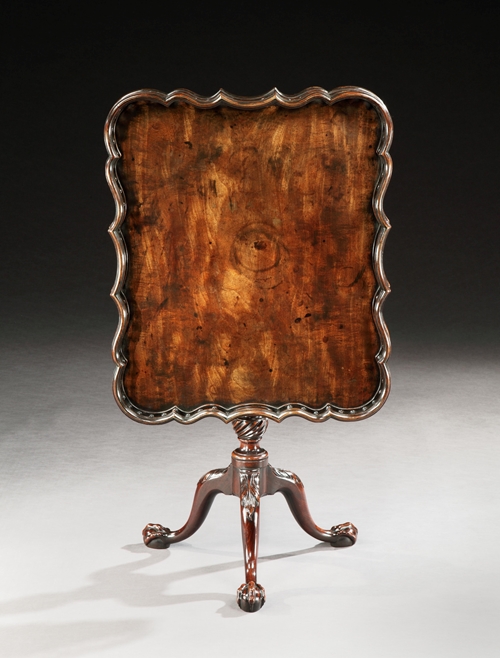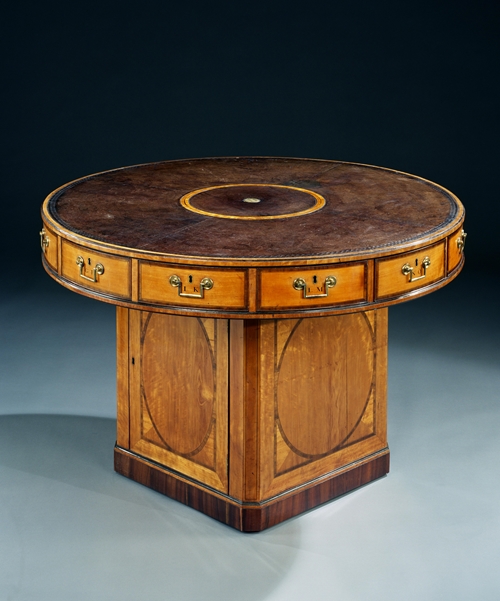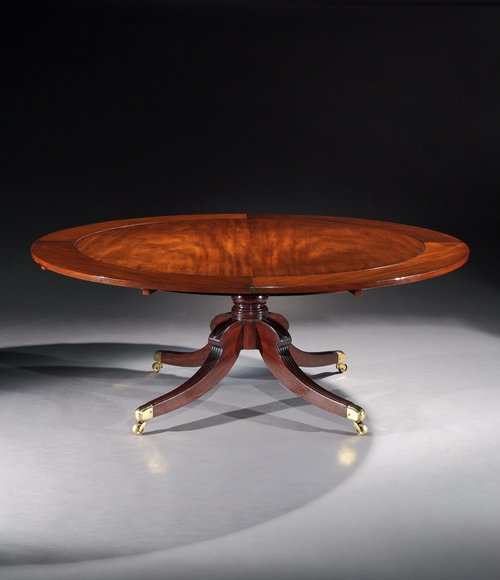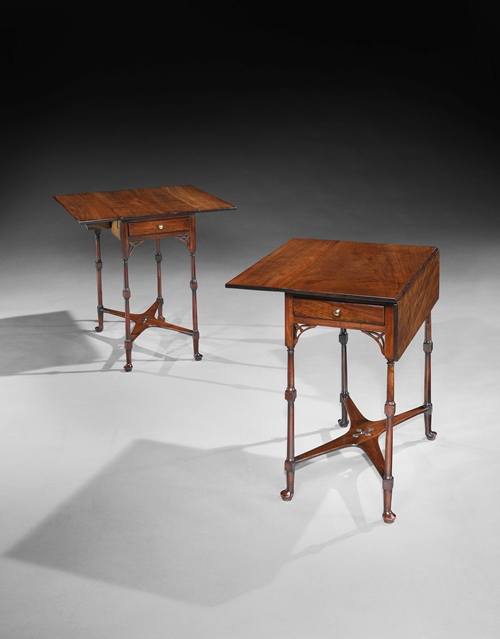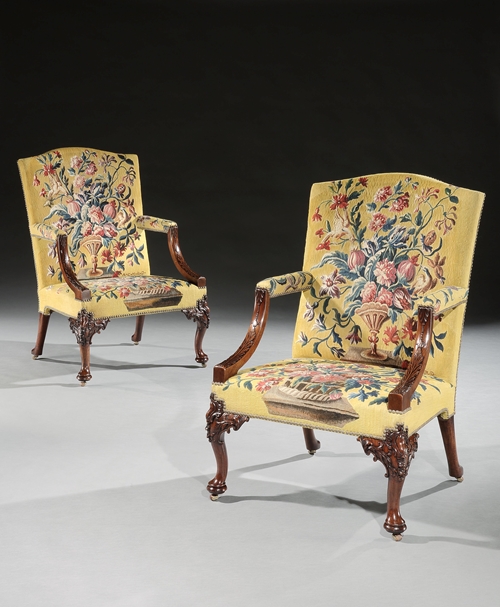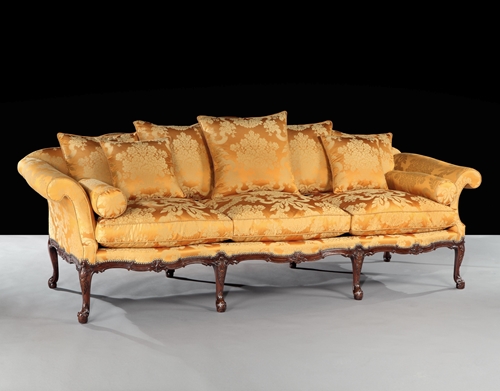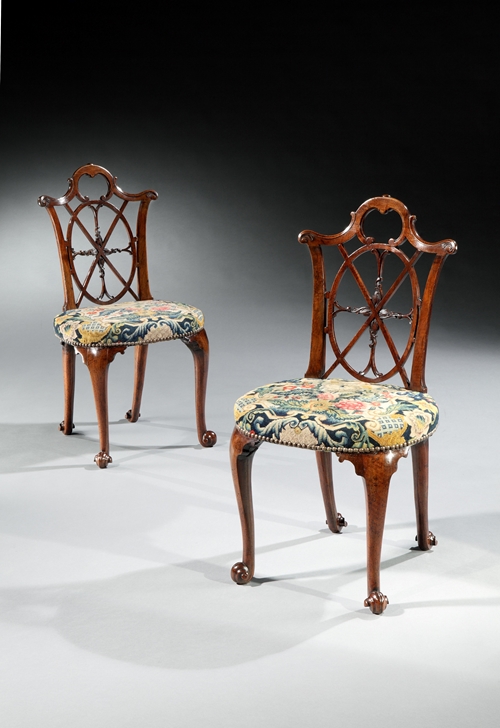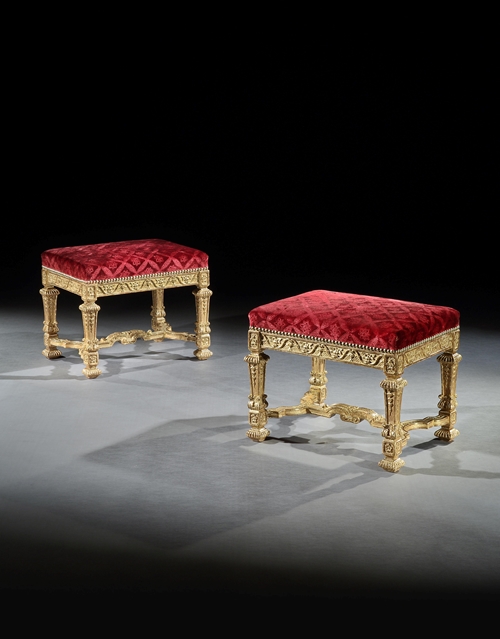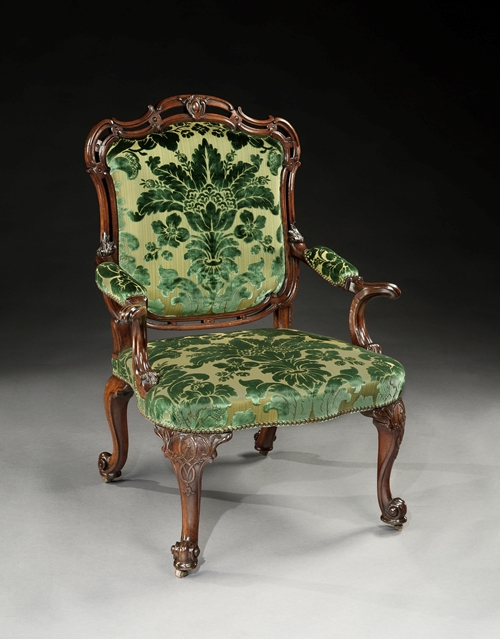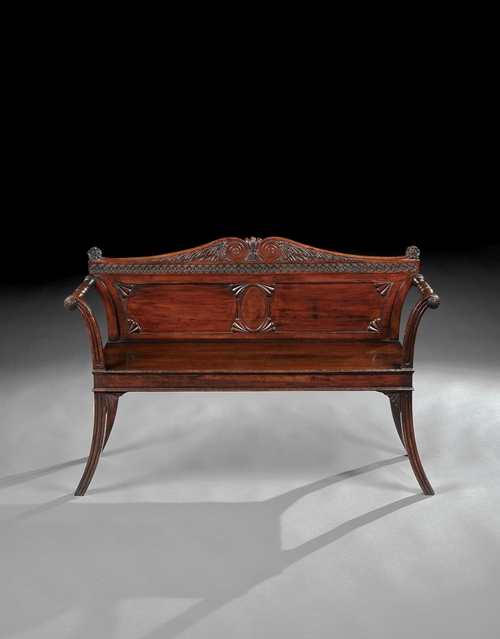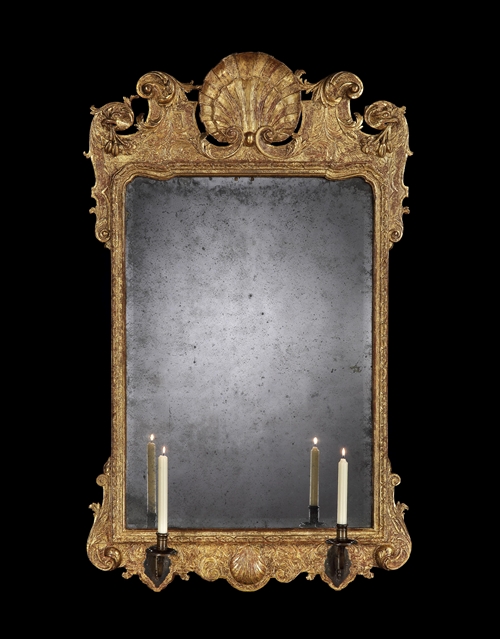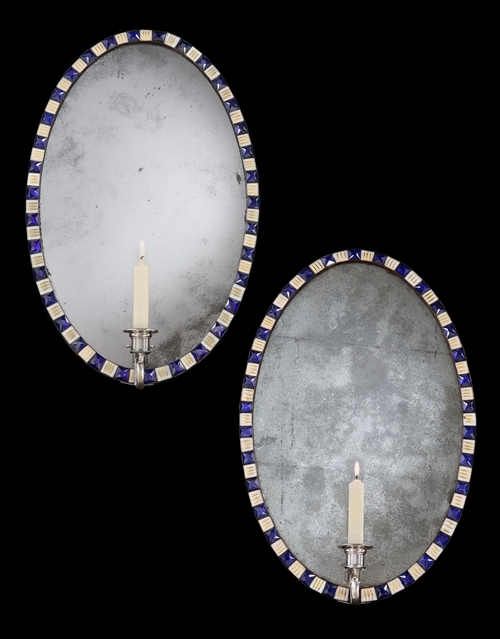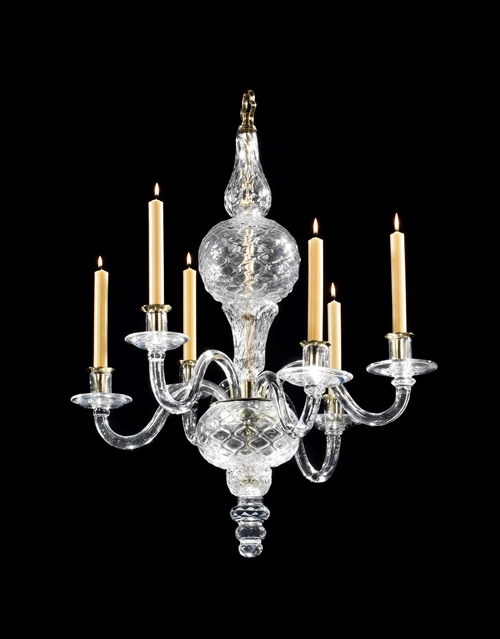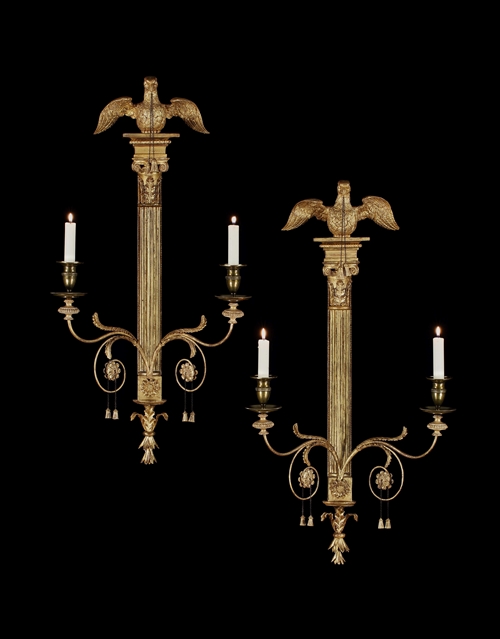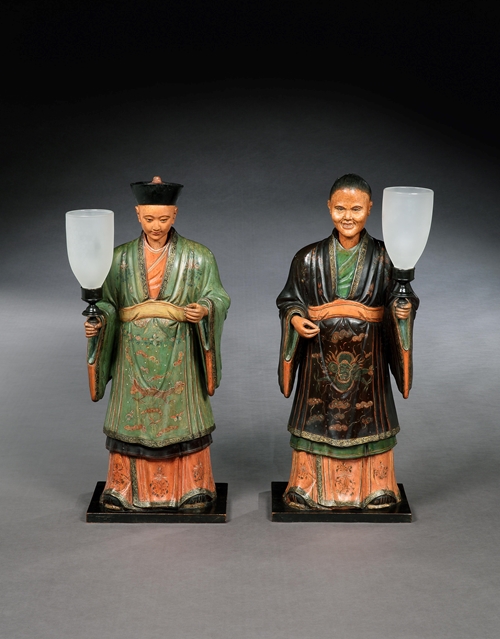The mirror paintings have bevelled edges, which is a sign of quality and proof of not having been reduced in size. Most mirror paintings are upright, whereas landscape versions in pairs are rare.
Producing mirror paintings in the 18th century was treacherous and time-consuming. The glass was originally made in England. It was ground flat by hand, and then bevelled by hand. The silvering was achieved by immersing silver nitrate in mercury and pasting it onto the prepared reverse side of the glass. The mercury was then evaporated over heat, producing extremely poisonous fumes. Many glass plates were broken and lost in the process. The finished mirrors were then packed in crates stuffed with straw and shipped to China to be painted.
The mirror plates that arrived intact were prepared for painting by removing a section of the mercury silvering, leaving only the necessary background silvered. Once finished, the paintings were baked in an oven. Again, many glass plates cracked in the process.
The completed mirror paintings were then shipped back from China to England, in the final stage of a journey that often took years to complete. It is remarkable that any mirrors arrived intact.
-
Provenance
Tom Devenish & Co., New York, USA.
Private collection, USA.
Looking for something similar? YOU MAY ALSO LIKE
YOU HAVE RECENTLY VIEWED ITEMS
Make an enquiry
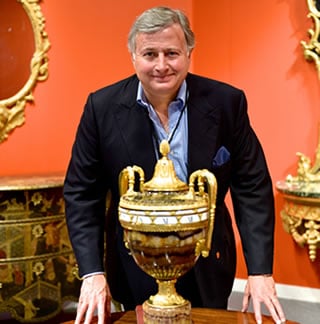
- CAN WE HELP YOU?
- +44 (0)20 7493 2341
- [email protected]


